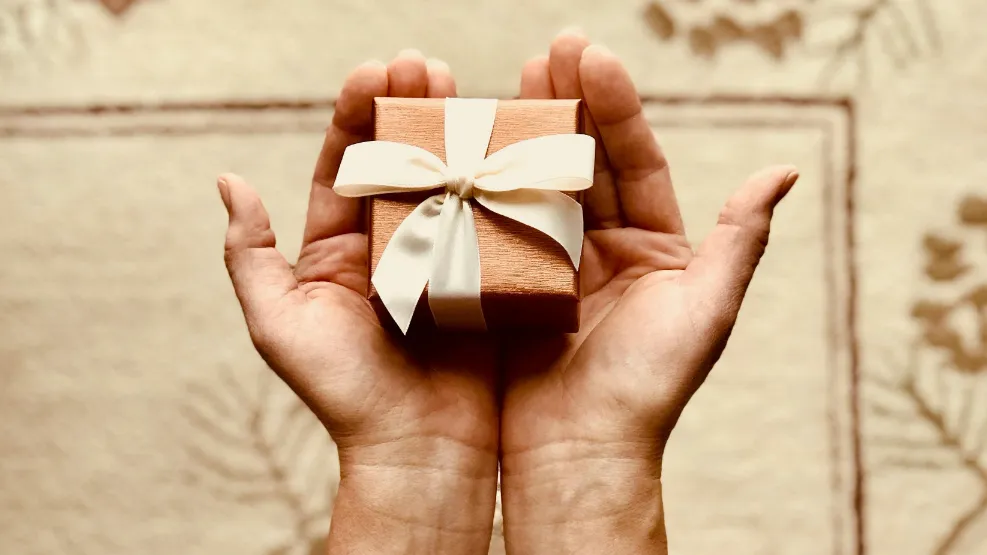
Ordering Gift Boxes? Don’t Make These Mistakes
2024-10-10
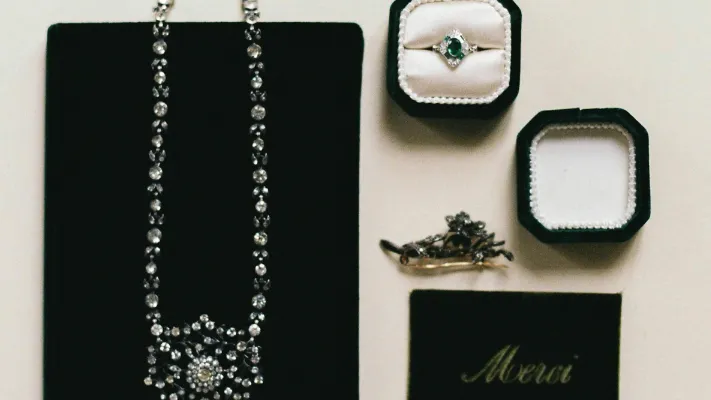
The material you choose for your jewelry boxes is a statement of your brand’s identity. Whether you prioritize luxury, sustainability, or durability, the right material can elevate your brand and resonate with your customers. In this article, we will analyze the pros and cons of different materials for jewelry boxes in detail. And this guide will help you find the best materials for your jewelry boxes.

Choosing the right material for your jewelry box requires a thorough understanding and deliberate selection of the available options of the materials and their attributes. The key is to find the perfect balance among these factors:
At Richpack packaging, we understand how these factors vary among different jewelry brands. That’s why we try to offer all kinds of materials to meet the specific requirements of different jewelry brands. Remember, the right material can do more than just protect your jewelry – it can enhance your brand, delight your customers, and even open up new marketing opportunities. Let’s work together to discover the right material for your jewelry boxes here.
Wood and leather have long been the go-to materials for jewelry boxes, prized for their timeless elegance and durability. These classic materials not only protect your jewelry but also enhance its perceived value, making them ideal choices for brands that aim to exude luxury.
Wooden jewelry boxes are a classic choice, offering a blend of natural beauty and durability. Let’s explore the characteristics of this timeless material.
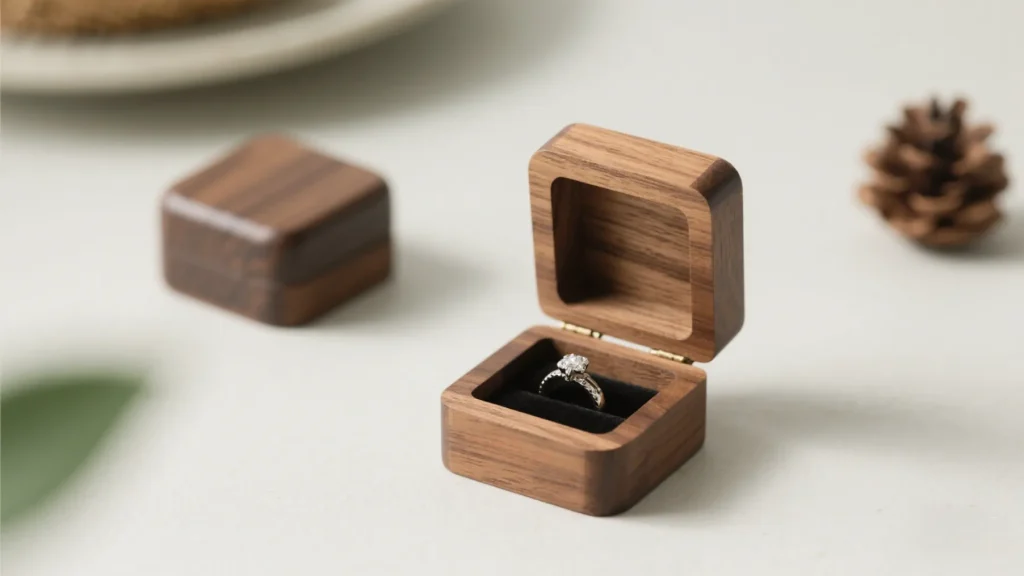
Common types:
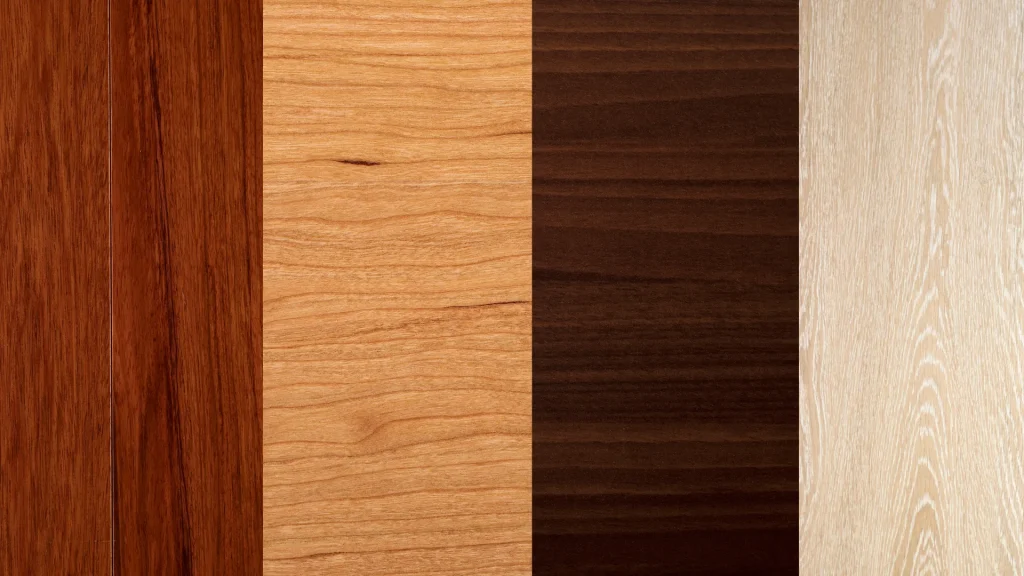
Pros:
Cons:
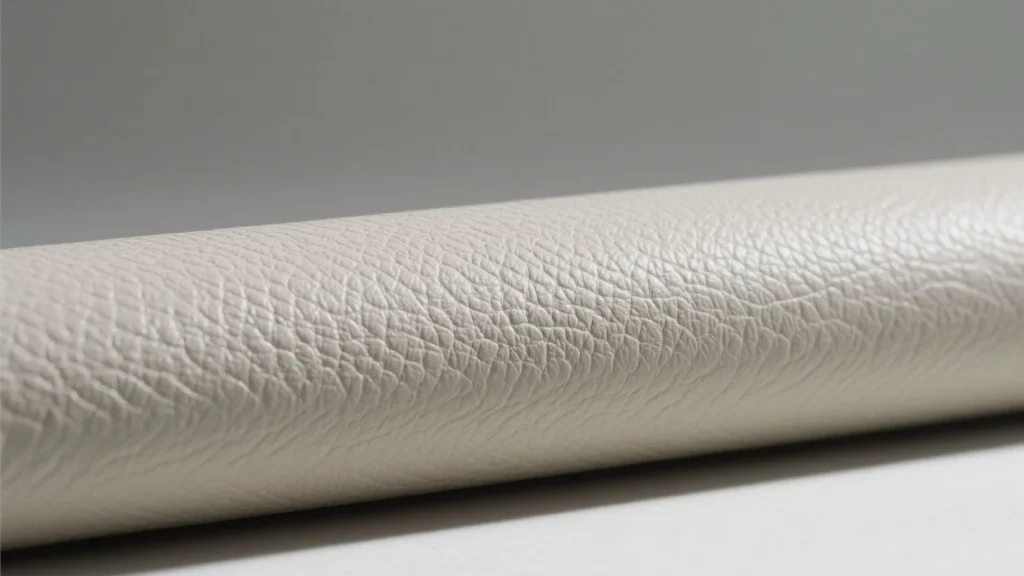
Leather jewelry boxes stand for sophistication. They’re soft to the touch but tough enough to protect jewelry. Let’s explore the characteristics of this premium material.
Common types:
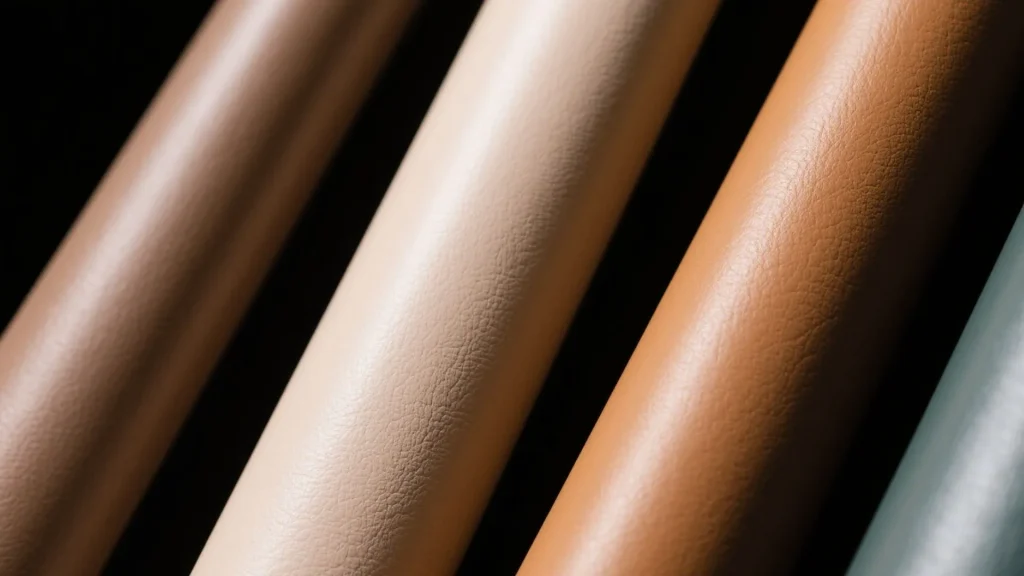
Pros:
Cons:
Options include aluminium, acrylic, and glass. Modern jewellery boxes frequently feature metals like aluminium, brass, and steel. These materials have a clean and minimalist style, which appeals to consumers who prefer contemporary design.
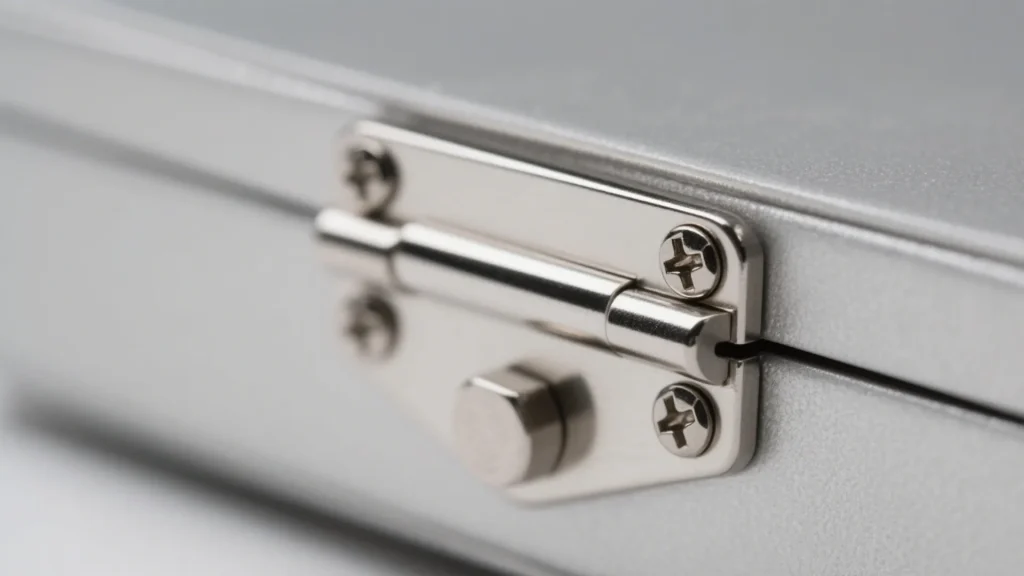
Metal jewellery boxes offer a sleek, modern aesthetic combined with exceptional durability. Let’s explore the characteristics of this contemporary material choice.
Common types:
Pros:
Cons:
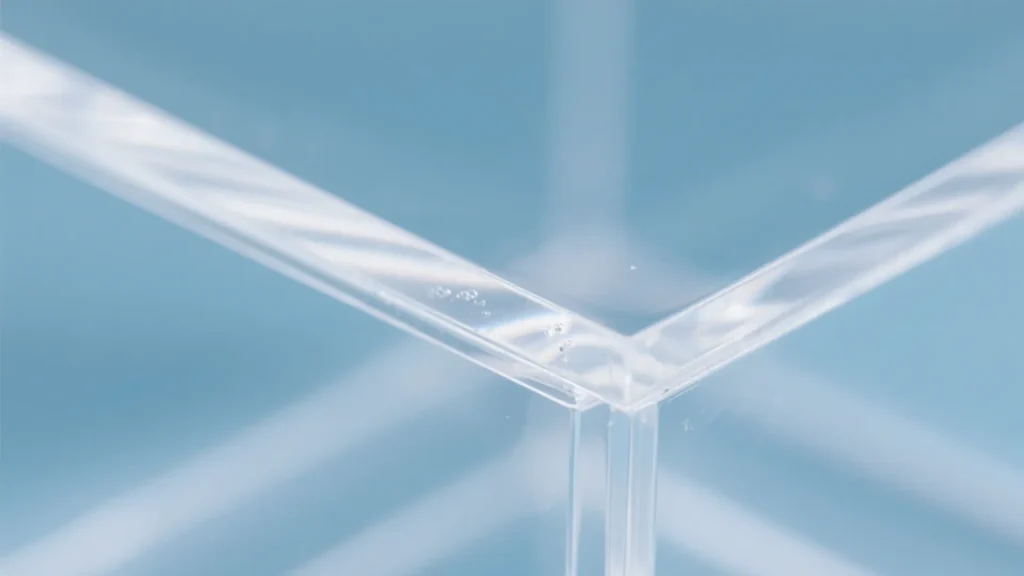
Acrylic jewelry boxes provide a modern, transparent option that allows the jewelry itself to take center stage. Let’s explore the characteristics of this versatile material.
Common types:
Pros:
Cons:
Glass jewelry boxes offer an elegant, transparent option that showcases the jewelry while providing a sense of luxury. Let’s explore the characteristics of this classic material.
Common types:
Clear glass: Fully transparent, allows complete visibility of contents
Frosted glass: Semi-transparent, provides a soft, diffused look
Colored glass: Available in various hues, can match brand aesthetics
Beveled glass: Features angled edges for a more sophisticated look
Tempered glass: Stronger and safer than regular glass
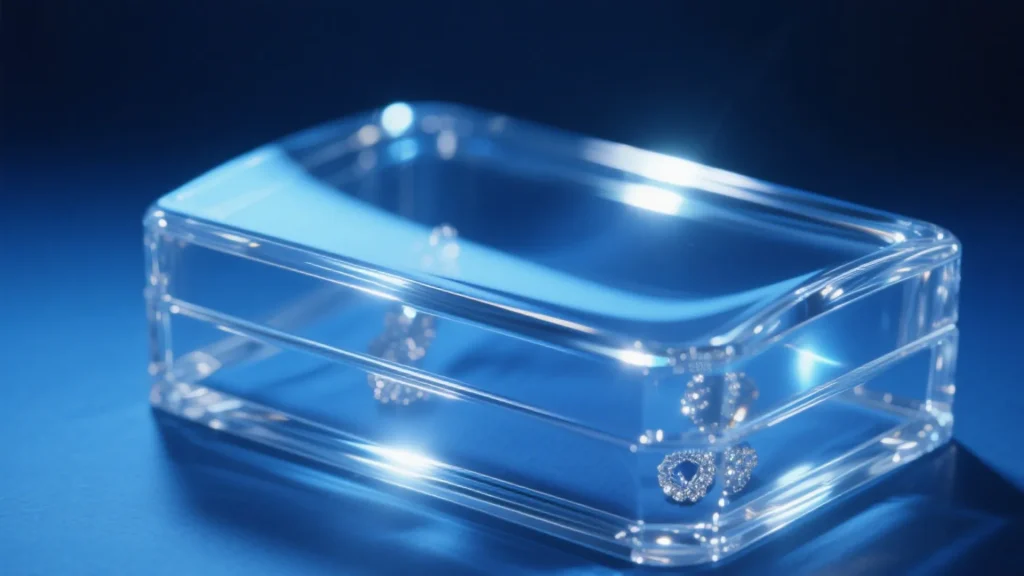
Pros:
Cons:
Textile and fabric jewelry boxes offer a soft, elegant option that combines protection with a luxurious feel. Let’s explore the characteristics of this versatile material category.
Common types:
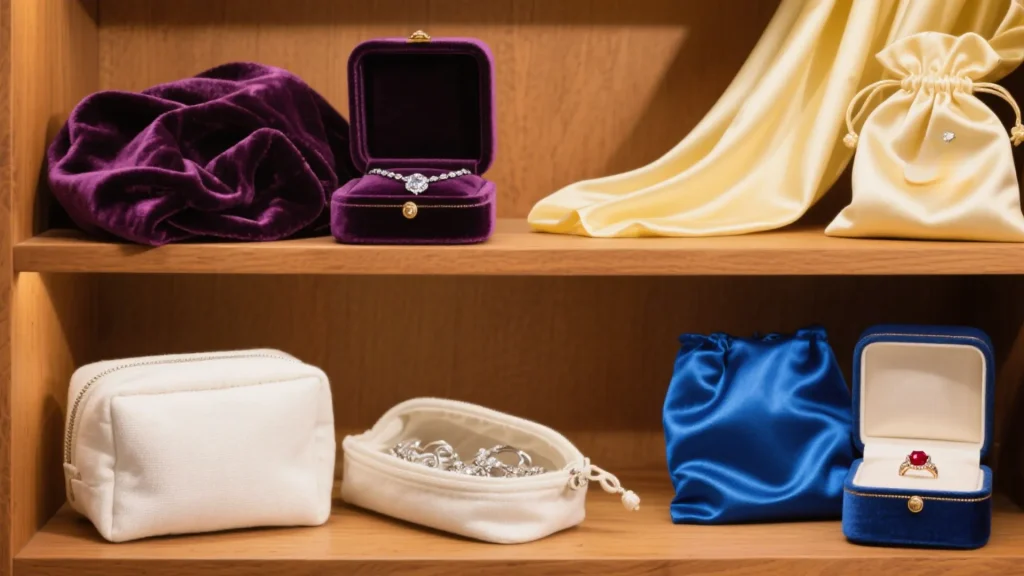
Pros:
Cons:
For brands and designers trying to choose the best soft lining for a premium feel, understanding the difference between velvet and other soft fabrics is crucial. For a detailed comparison and guidance on which fabric offers the most luxurious and protective experience for your jewelry, see Jewelry Packaging with Velvety vs. Soft Fabric Linings: Which Offers More Premium Feel?
An environmentally friendly jewelry box is usually made from a range of sustainable materials. Reclaimed wood, bamboo, stiff materials, recycled cardboard, and biodegradable plastics are a few common options.
Bamboo and cork are natural, renewable materials that offer eco-friendly alternatives for jewelry packaging. Let’s explore the characteristics of these sustainable options.
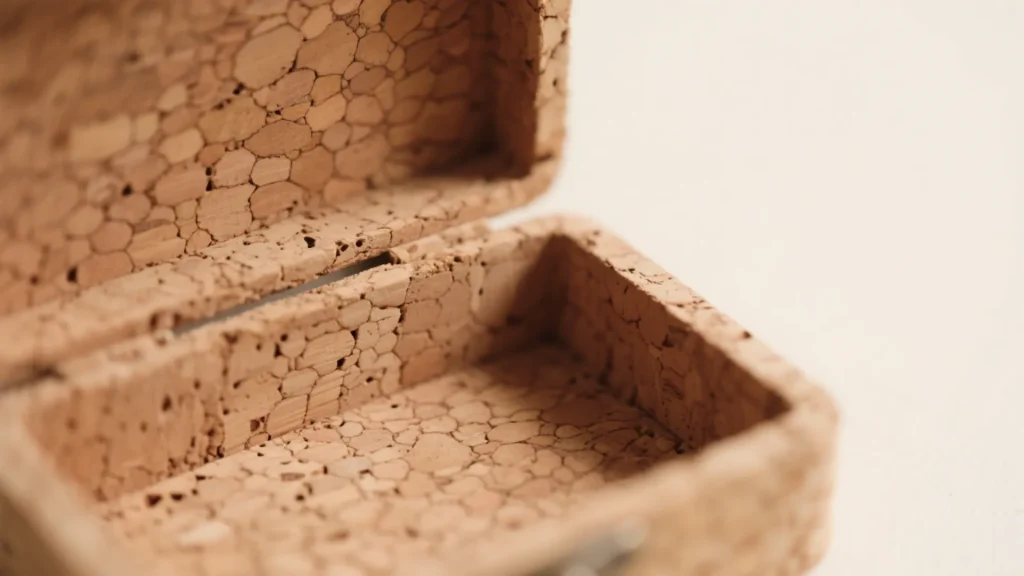
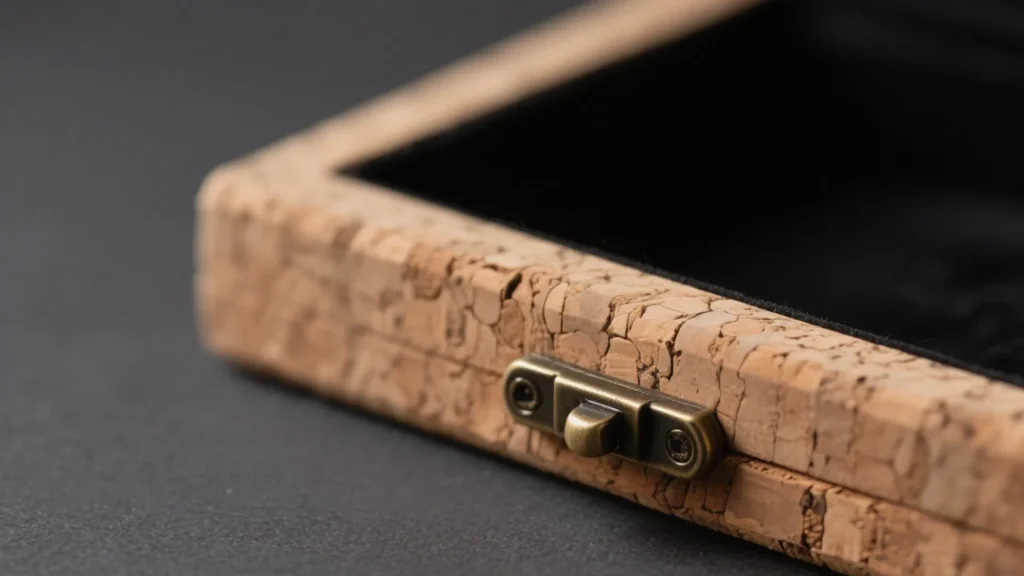
Common types:
Pros:
Cons:
Recycled paper and cardboard offer versatile, cost-effective, and environmentally friendly options for jewelry packaging. Let’s examine the features of these materials.
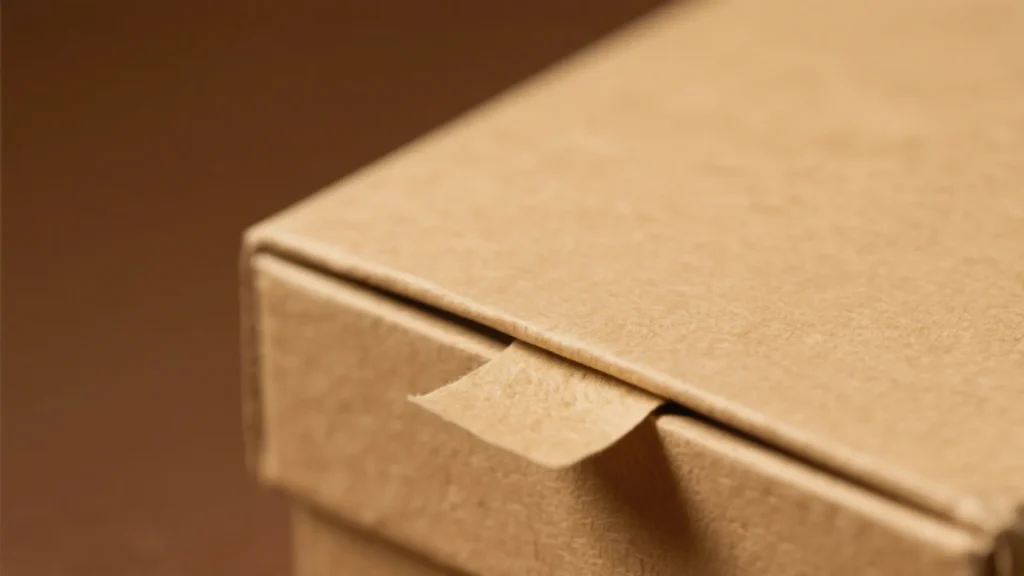
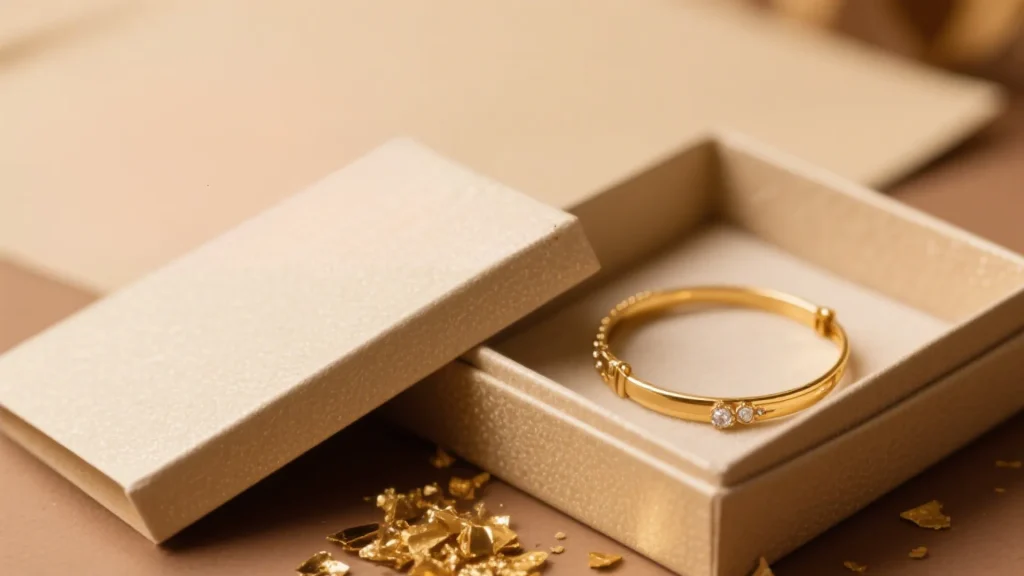
Common types:
Pros:
Cons:
At Richpack, we’re committed to sustainability. We offer a range of eco-friendly packaging options, including recycled and biodegradable materials. Our team can help you find the perfect balance between luxury and sustainability for your brand. Reach out to us.

Choosing the right material for your jewellery boxes is more than just a practical decision—it’s a chance to define your brand’s image. Whether you’re aiming for luxury, sustainability, or modern simplicity, the material you select speaks volumes about your brand. Need guidance? Richpack is here to help you find the perfect fit for your jewellery boxes. Contact us today to start your journey toward bespoke packaging that elevates your brand.
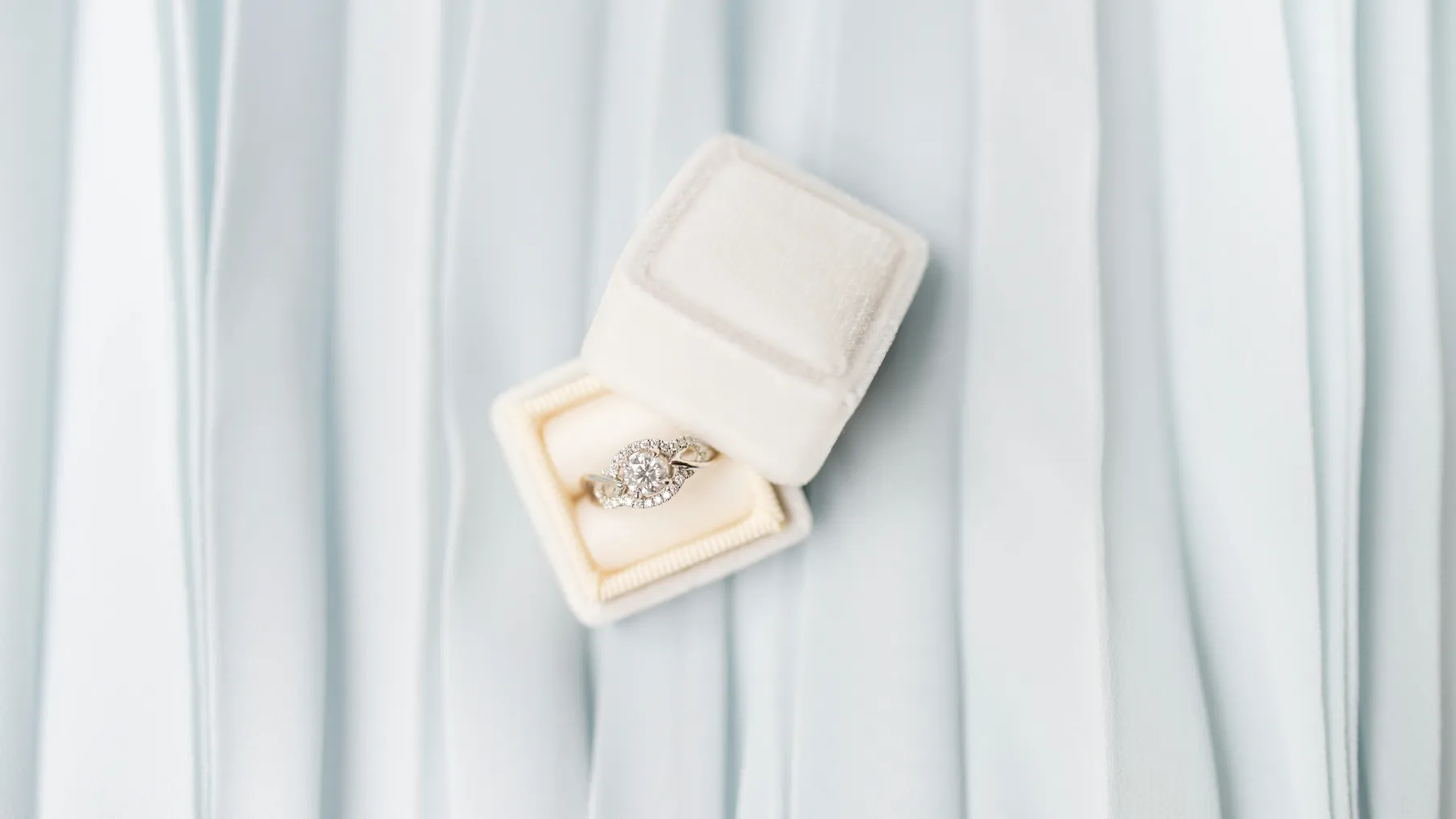
For a jewelry brand owner or designer, selecting between custom jewelry packaging and off-the-shelf solutions is more than just a packaging decision. It is about choosing what impression you want to leave for your customers. This decision is not merely about aesthetics or cost but about crafting a narrative that aligns with your brand’s core… Continue reading How to Choose the Best Materials for Jewelry Boxes
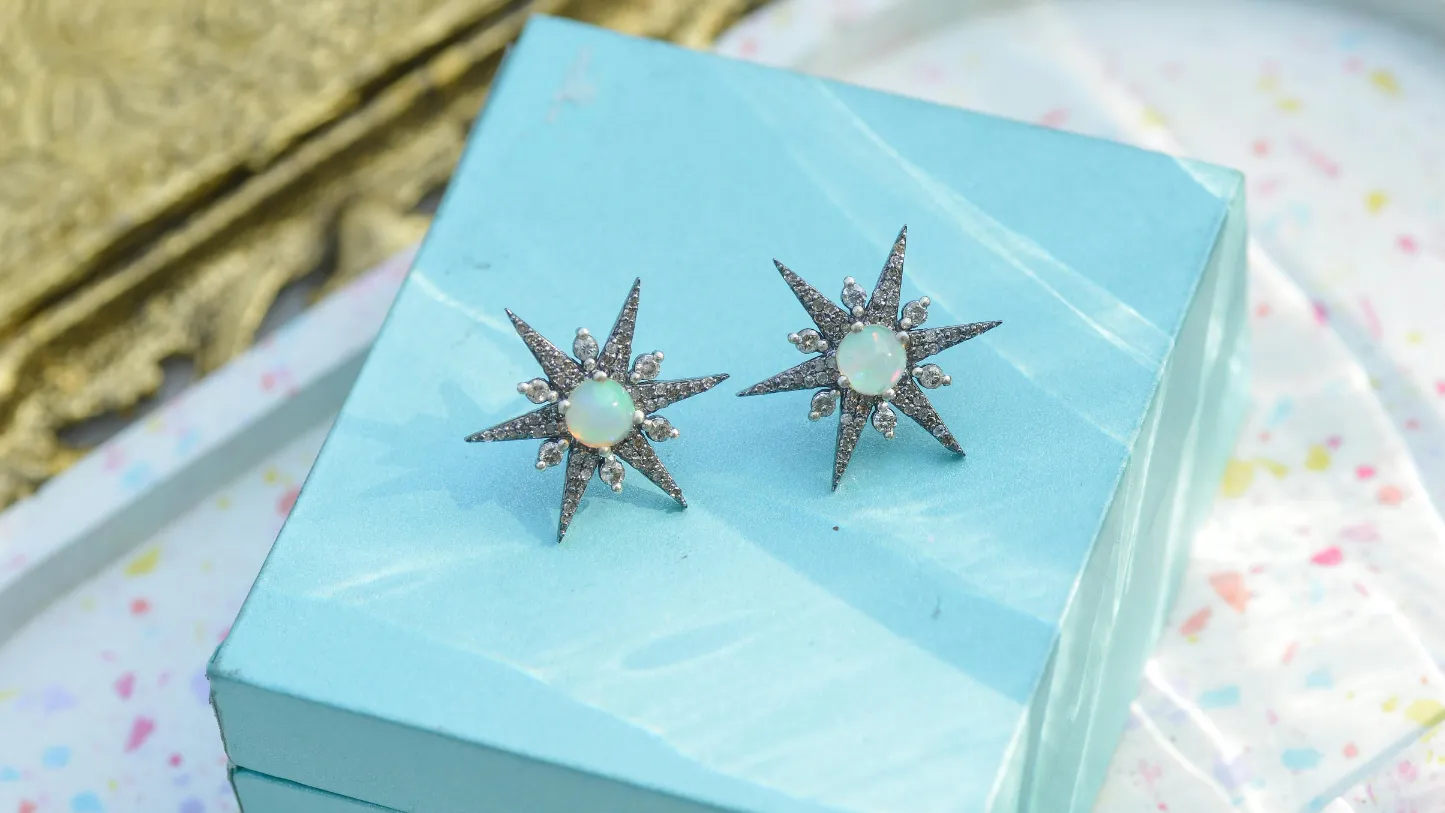
Did you know that 72% of consumers say that packaging design influences their purchase decisions? In the jewelry industry, where brand image and uniqueness are paramount, packaging can make all the difference. In this article, we will delve into the top 10 customizable jewelry packaging options. These options will enable your brand to convey its… Continue reading How to Choose the Best Materials for Jewelry Boxes

Creating custom gift boxes is a must for brands. However, we often need to pay more attention to details such as size, choice of gift box material, and brand-appropriate personalization, which usually leads to disappointing results. Here are 5 things you may have made but never noticed through consumer behavior analysis and data reports from… Continue reading How to Choose the Best Materials for Jewelry Boxes
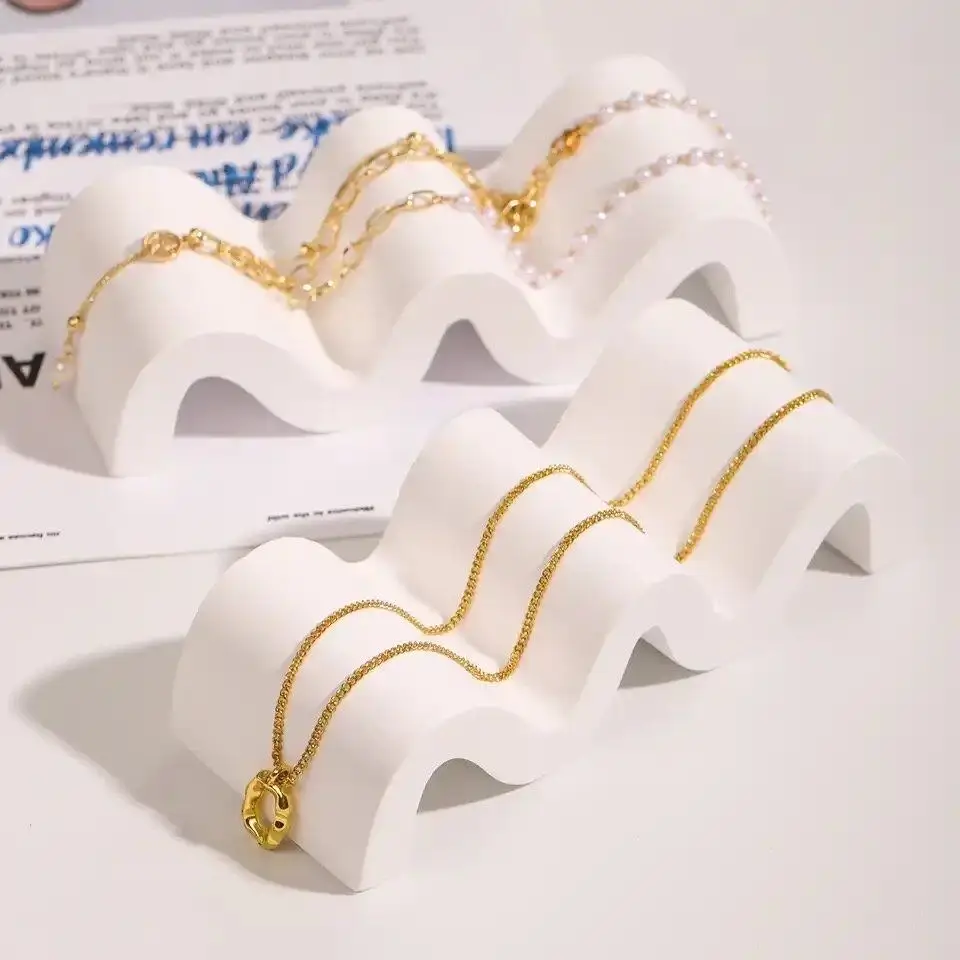
Creative Jewelry Display Ideas by Richpack for Stunning Presentations | Unique Necklace Display Ideas for Jewelry Retail and Luxury Brands
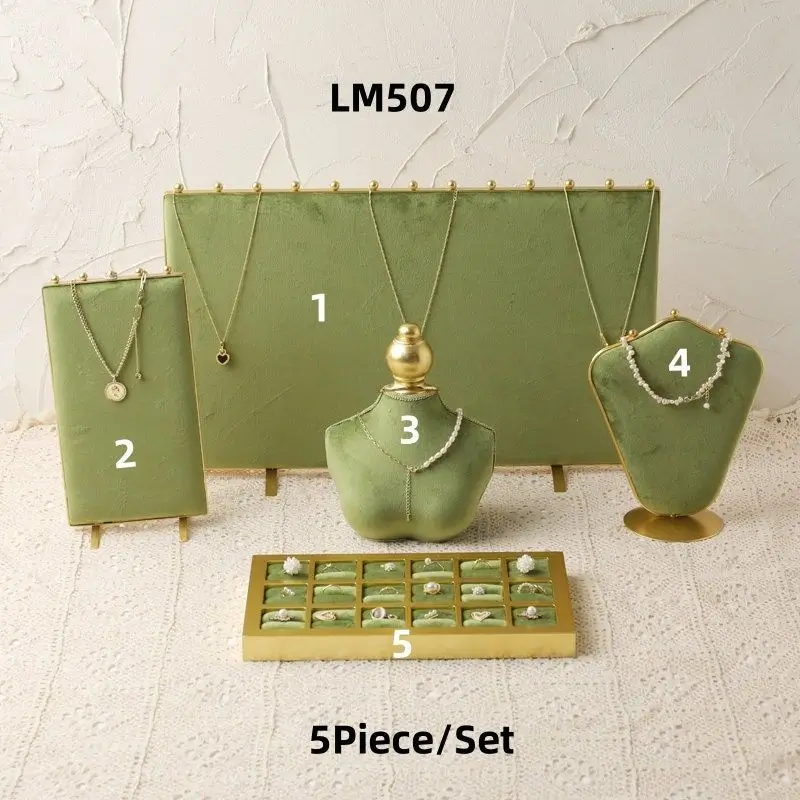
Custom Jewelry Display Stands for Small Jewelry Shops | Perfect for Boutique Jewelers Needing Unique and Affordable Display Solutions
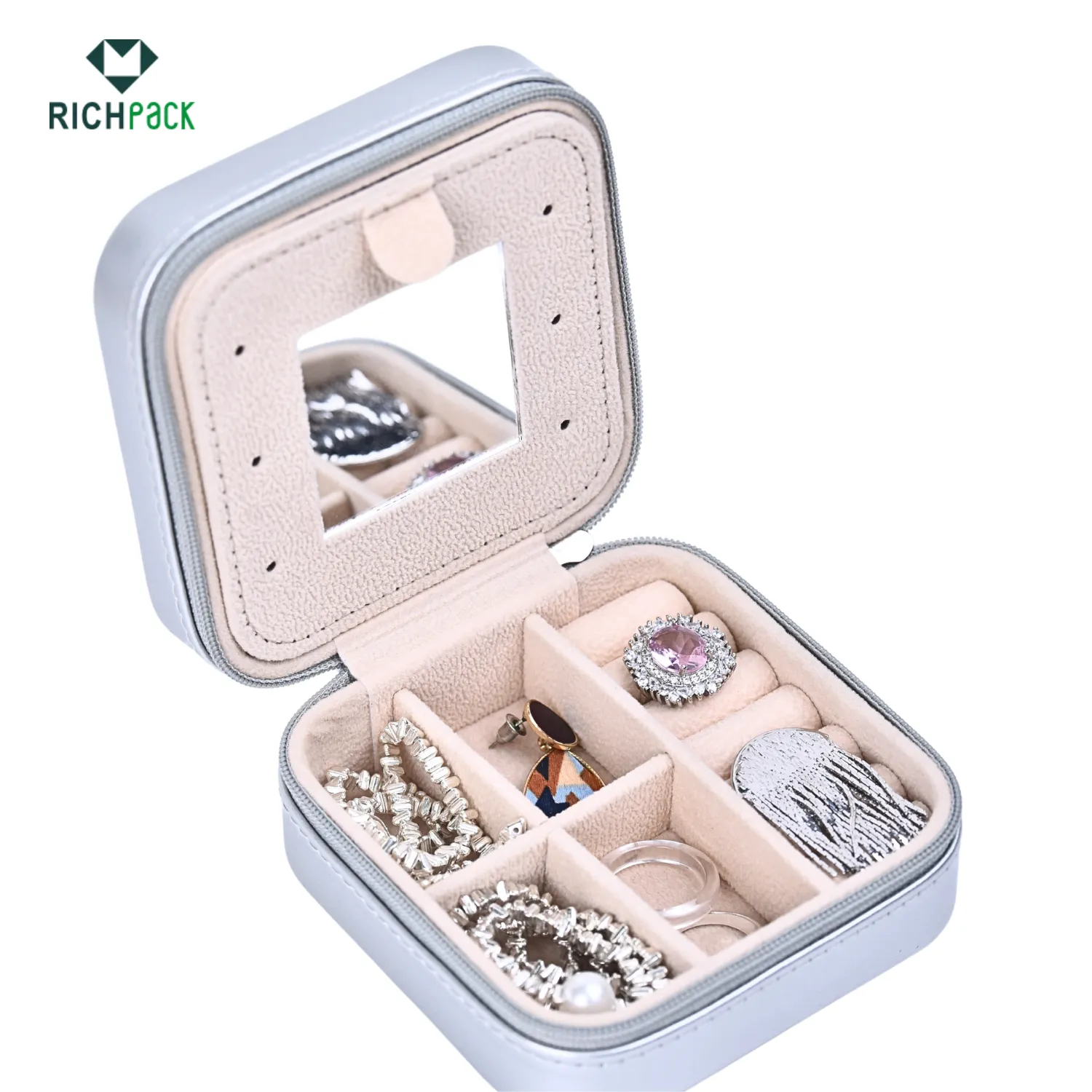
Customizable Low Minimum Order Jewelry Organizers for Boutique Stores | Perfect for Jewelers Needing Small-Batch, High-Quality Packaging Solutions
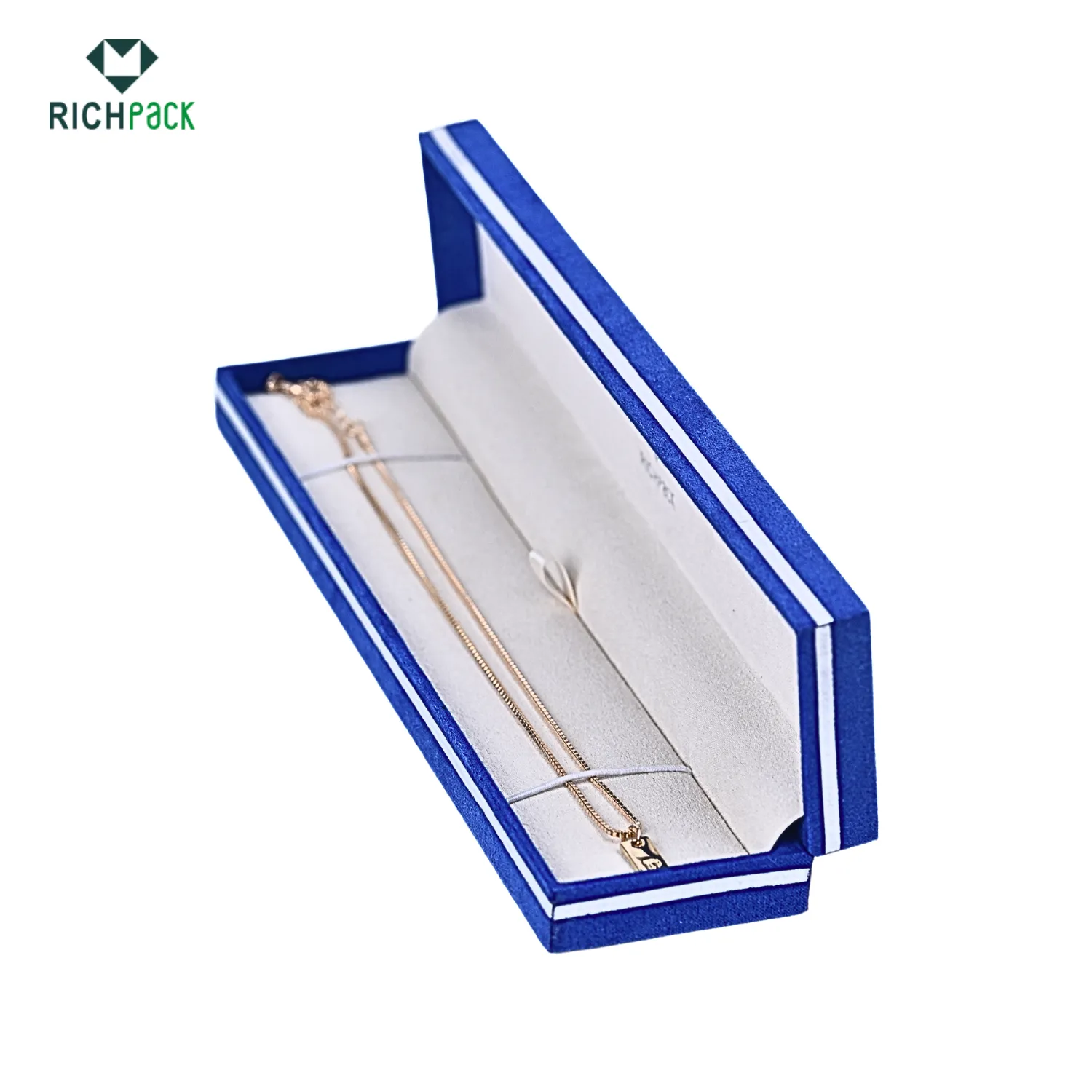
Biodegradable Jewelry Boxes for High-End Jewelry Collections | Designed for Premium Brands Focused on Sustainable and Elegant Packaging
View More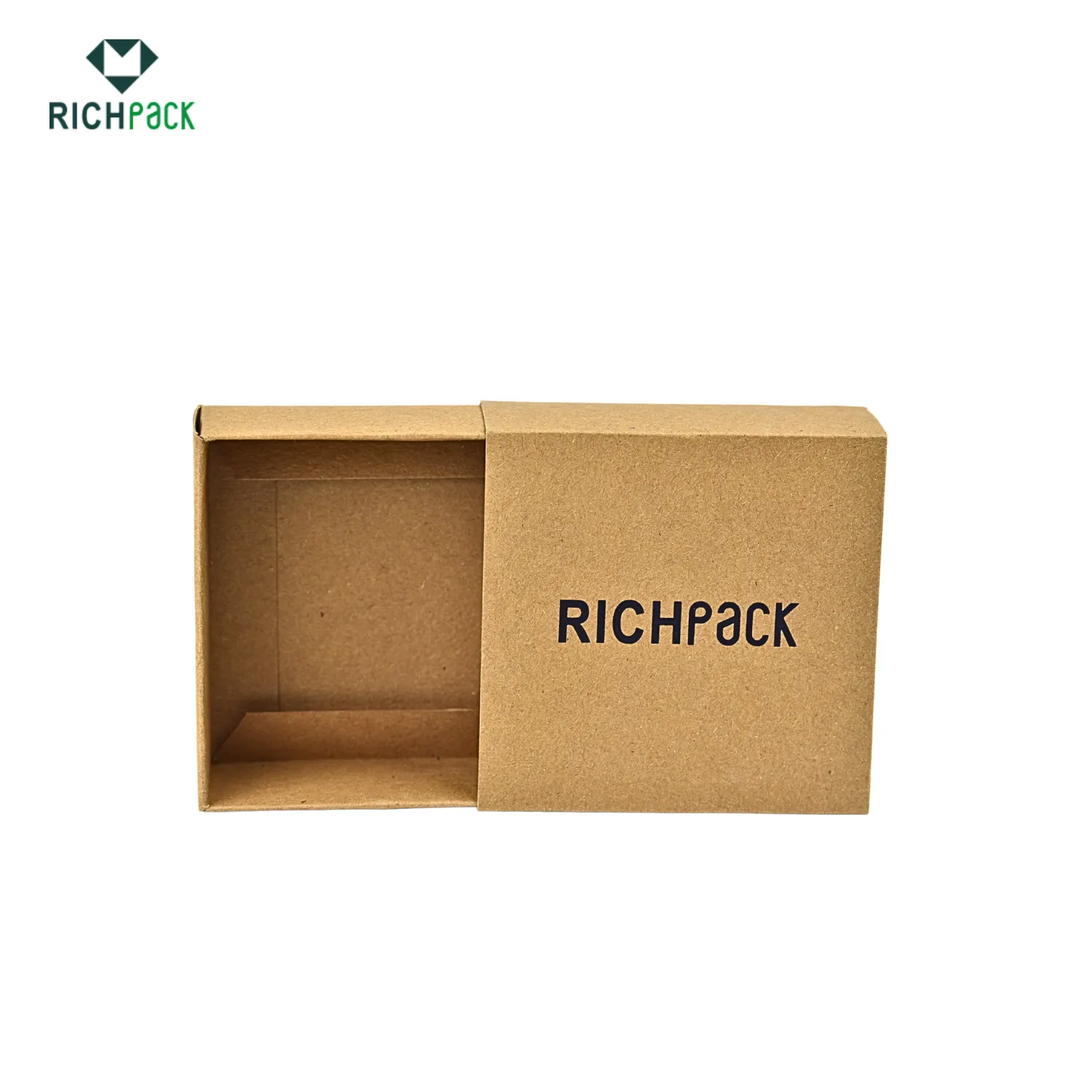
Biodegradable Jewelry Packaging with Personalized Designs for Retailers | Ideal for Jewelers Needing Green and Branded Packaging Solutions
View More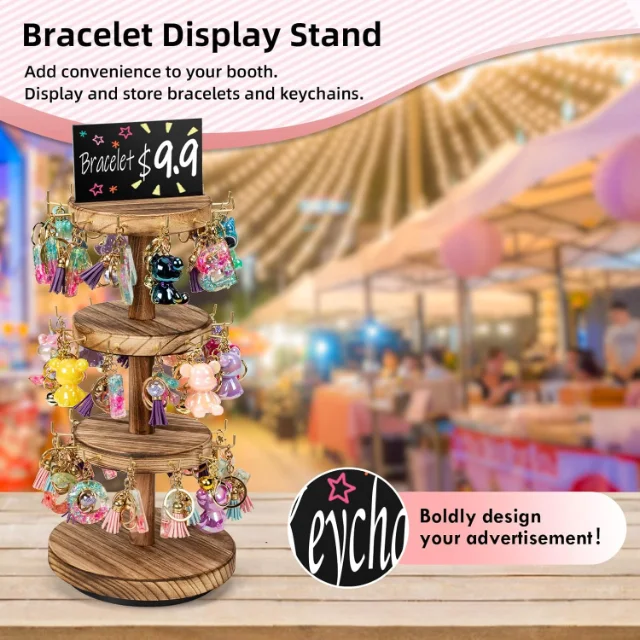
Compact and Lightweight Portable Bracelet Displays for Trade Shows | Easy-to-Transport Display Solutions for Jewelry Exhibitors and Traveling Merchants
View MoreJust submit your email to get exclusive offers (reply within 12 hours)